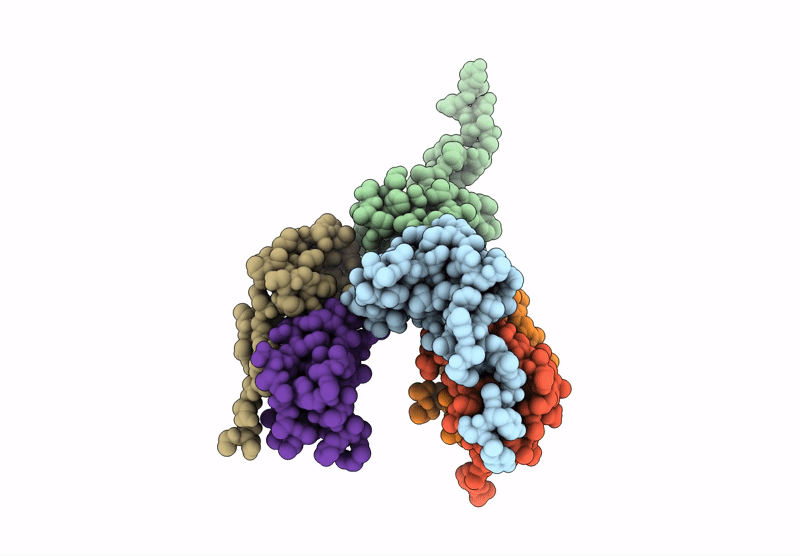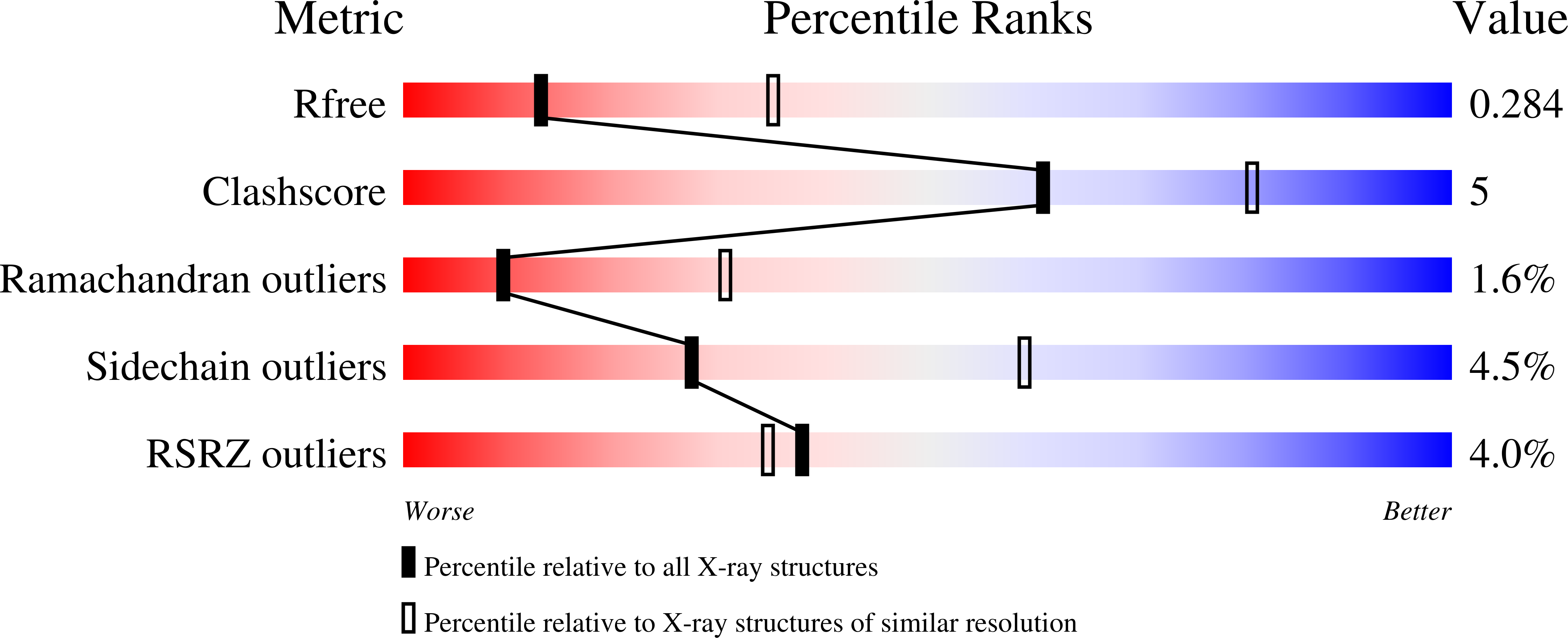
Deposition Date
2022-12-18
Release Date
2023-03-29
Last Version Date
2024-10-16
Entry Detail
PDB ID:
8FJ0
Keywords:
Title:
Crystal Structure of the Tick Evasin EVA-AAM1001(Y44A) Complexed to Human Chemokine CCL2
Biological Source:
Source Organism:
Amblyomma americanum (Taxon ID: 6943)
Homo sapiens (Taxon ID: 9606)
Homo sapiens (Taxon ID: 9606)
Host Organism:
Method Details:
Experimental Method:
Resolution:
2.91 Å
R-Value Free:
0.28
R-Value Work:
0.25
R-Value Observed:
0.25
Space Group:
P 1 21 1


